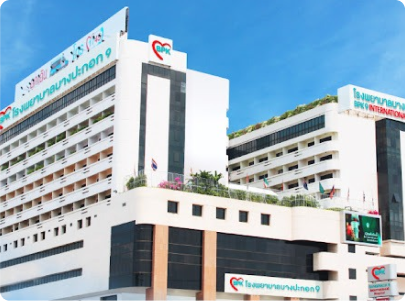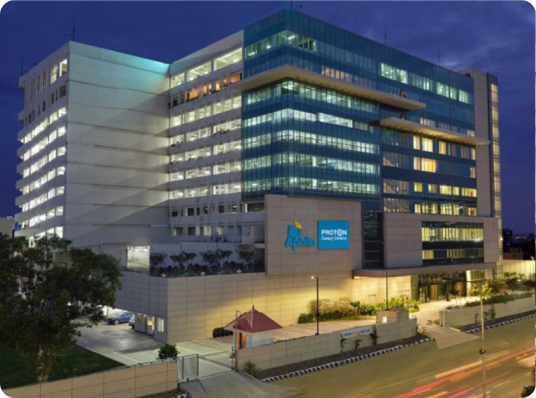Laparoscopic Pelvic Prolapse Surgery
Laparoscopic Pelvic Prolapse Surgery represents an innovative procedure aimed at enhancing diagnostic accuracy, delivering targeted therapy, or facilitating surgical precision depending on the patient's unique needs.
Get Expert Consultation
Speak with our medical travel experts to get personalized guidance for your procedure
✓ No commitment required • ✓ Expert guidance • ✓ Free consultation

Book Your Free Medical Consultation
Get expert advice—free and easy. Just fill out the form to start your health journey!
Botox Treatment Overview
Procedure Time
typically takes 1-2 hours to complete
Recovery Period
most patients can return to normal activities within 2-4 weeks
Expected Results
improved bladder control, reduced discomfort and pain, restored pelvic health
Ideal Candidates
women experiencing vaginal vault prolapse, rectocele, or cystocele symptoms
What is Laparoscopic Pelvic Prolapse Surgery?
Laparoscopic Pelvic Prolapse Surgery represents an innovative procedure aimed at enhancing diagnostic accuracy, delivering targeted therapy, or facilitating surgical precision depending on the patient's unique needs.

People seek these procedures for various reasons:
Aesthetic Enhancement
Relieve chronic discomfort, pressure, and pain
Corrective Purposes
Improve bladder control and urinary function
Functional Restoration
Regain confidence and independence in daily activities
Things to Check Before Treatment
- •Discuss your medical history with your doctor, including any previous surgeries or chronic conditions
- •Inform your doctor about any medications you're currently taking and if you have any allergies
- •Get clearance from your doctor to fly after the procedure (if traveling internationally)
- •Make arrangements for post-operative care and recovery
- •Understand the financial aspects of the surgery, including costs and insurance coverage
Potential Risks
- •Bleeding or hematoma formation
- •Injury to surrounding organs or structures
- •Failed repair or recurrence of prolapse symptoms
- •Urinary retention or incontinence
- •Serious infection or sepsis
How to Choose the Right Country, Clinic, and Surgeon
Do's
Verify surgeon credentials (e.g. ISAPS, JPRAS)
Ask for before-after photos
Check language barriers
Review aftercare and follow-up options
Consider local laws on medical malpractice
Don'ts
Don't Choose a Clinic Based Only on Price
Don't Rely Solely on Social Media or Influencers
Don't Ignore Language Barriers
Don't Rush Into Surgery Without Research
Don't Assume You Can Fly Back Immediately
CureMeAbroad Services Are Absolutely Free.
You pay same rates for treatments as in the hospital's original price list.
CureMeAbroad Services Are Absolutely Free.
You pay same rates for treatments as in the hospital's original price list.


Book Your Free Medical Consultation
Get expert advice—free and easy. Just fill out the form to start your health journey!
Top Hospitals For Laparoscopic Pelvic Prolapse Surgery
Frequently Asked Questions
This procedure involves specific medical techniques tailored to address particular health conditions. Your doctor will explain the detailed process based on your case.

Help Me Plan My Treatment Abroad
End to End Treatment Planning Specifically curated as per your need. Just a Call away
Call Now

Help Me Plan My Treatment Abroad
End to End Treatment Planning Specifically curated as per your need. Just a Call away
Call Now



